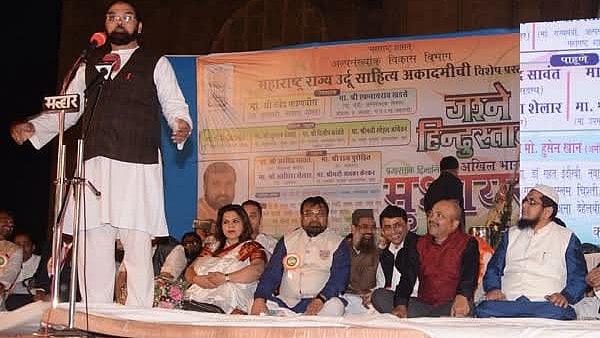For Prashant Singh, legacy platforms weren't just slow, they were becoming roadblocks to development. In the financial technology space, where market conditions shift by the second and client needs evolve with it, rigidity can be a deal-breaker. Singh's response wasn't to patch old systems. He redesigned them.
Currently working in senior technical leadership at a major global fintech organization, Singh has spent the better part of his career navigating the limitations of traditional software systems. What sets his approach apart is how he reimagined the architecture from the ground up. Instead of treating each client request as a one-off change requiring redeployment, Singh introduced rule-based logic using MVEL—a scripting language that allows business rules to be configured dynamically. This alone halved client onboarding times and eliminated delays caused by repeated code changes.
One of his most significant initiatives was overhauling a monolithic trade allocator, transforming it into a cloud-native, tenant-aware platform. Under his direction, the system's throughput increased by over 400%. Microservices replaced single blocks of code, and containerization via Docker and Kubernetes ensured scalability. He moved the deployment to AWS, which not only improved uptime to nearly 99.99% but also reduced operational costs by 25–30%.
Another example of his work was the creation of a message parsing and re-sequencing engine. Legacy systems often dropped or misordered high-volume data streams, especially during peak trading hours. Singh tackled this by engineering a custom module that reordered incoming messages using multiple business-centric criteria like timestamps and client priority. The engine now ensures messages are processed in the right sequence, with zero data loss—even at scale.
Singh also addressed infrastructure complexity by streamlining deployment processes. Through automated provisioning and monitoring pipelines, his team reduced manual intervention and increased deployment reliability. These efficiencies led to quicker compliance checks and helped the organization meet stringent SLA requirements.
Speaking of challenges, he told us that he navigated complex deployment workflows by automating infrastructure provisioning, security, and monitoring pipelines in the AWS cloud and addressed complexity in messaging systems by engineering a multi-criteria re-sequencer, replacing error-prone manual logic.
Some of his biggest technical projects include implementing layered caching systems with Guava and Cassandra, optimizing performance while maintaining low latency in multi-tenant setups. He also played a key role in integrating DevOps into high-throughput trade processing systems, enhancing both agility and reliability across teams.
These technical outcomes weren't just impressive in isolation—they had a noticeable impact. With a 50% improvement in client onboarding efficiency, 4x faster trade processing, and virtually zero message loss, Singh's work directly improved client experience and reduced compliance-related risks. The shift to a real-time event-driven model allowed the business to respond more quickly to regulatory changes and market shifts.
Reflecting on the insights in the field, as Singh sees it, decoupling logic from code, via domain-specific rule engines like MVEL, empowers systems to adapt without breaking. “When combined with microservices, distributed caching, and Kubernetes, they build platforms that evolve, not degrade,” he adds.
Looking forward, he believes that declarative configuration, serverless rules, and AI-assisted performance tuning will define the next wave of modernization. His approach has always focused on not just upgrading tech but fundamentally changing how teams build resilient, tenant-agnostic, and dynamic platforms.
Prashant Singh's work sits at the intersection of engineering and foresight. From designing tenant-aware architectures to building dynamic rule engines that adjust without disruption, his approach demonstrates what's possible when legacy limitations are treated not as roadblocks but as signals for change, when they no longer work appropriately. And in industries where milliseconds matter, that difference could define the fine line between failure and achievement.











